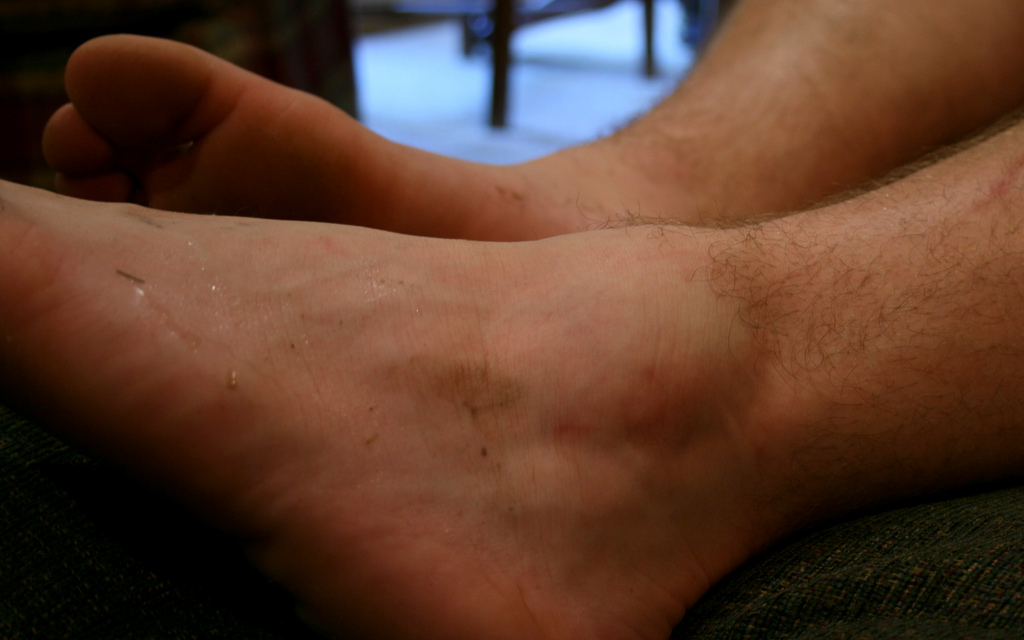The inflammatory response is the bodies natural reaction to injury and infection. The inflammatory response involves vasodilation (widening of blood vessels) allowing more blood to the area and more fluid to exit the vessels into the surrounding tissue. This increases the white blood cells (leucocytes) entering the area to clean up debris and fight infection (if the injury is open). The inflammatory response has three phases:
Phase 1 – Acute Inflammation
During the acute inflammatory stage, inflammation is fast and painful. The inflammatory response during this phase involves the vasodilation of blood vessels, and the transfer of fluid into the surrounding tissue. The inflammatory response causes secondary (additional) damage to the area. The athlete loses function as inflammation (swelling) is large. New blood vessels begin to be developed in this phase and the area is swollen, red and painful. The acute inflammatory phase lasts 48-72 hrs (2-3 days) and it is during this time that RICER is most important.
Phase 2 – Repair Inflammation
During the repair phase of the inflammatory response, the body begins to fix the damaged or injured site. The white blood cells (leukocytes) clean up the debris from the injury and new body tissue begins to be formed. Often this phase of the inflammatory response produces scar tissue in the repair of the injury, which needs to be minimised for proper healing to occur as scar tissue is weaker than normal tissue. This phase extends from 3 days to up to 6 weeks.
Phase 3 – Remodelling Inflammation
The remodelling phase of the inflammatory response continues to rebuild the injured area. More scar tissue is produced during this phase of the inflammatory response, but also new functional body tissue is developed and strengthened. This tissue can replace scar tissue if proper treatment is sought from health professionals. During this phase of the inflammatory response the balance of exercise and rest is important as too much exercise will cause further injury, but not enough exercise will result in too much weak scar tissue. This phase of the inflammatory response can last many months. An athlete will not be back to full health until this phase is completed (though they often have already returned to play).
It is important to remember that while the inflammatory response is necessary for repair of the injury, too much inflammation causes further damage. There are five signs/symptoms of inflammation: redness, swelling, pain, heat, and loss of function.

